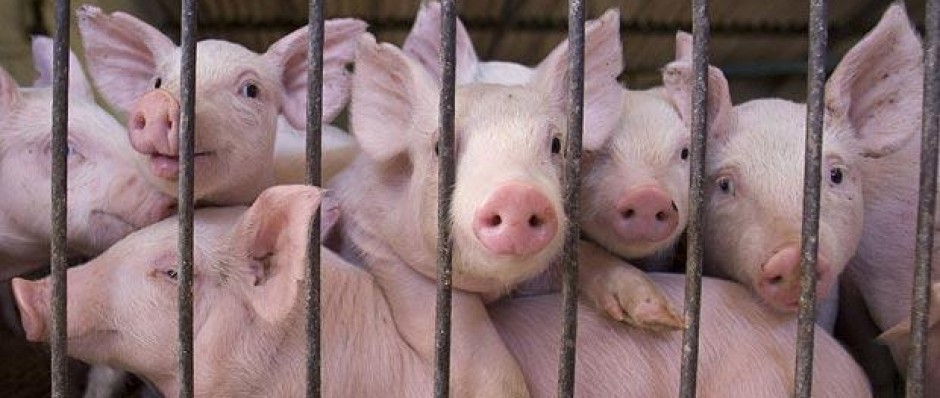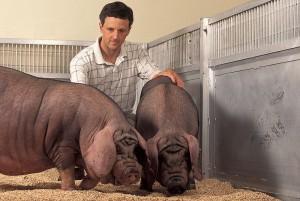There are already strict regimes in place for pig production to limit the potential for pathogen transfer between handlers and animals (Hansen et al. 2004). These include handler hygiene, facility maintenance and porcine housing. In order to use pigs for medical purposes, even more drastic measures would need to be taken to ensure human safety.
It is likely that the pigs intended for xenotransplantation would need to be reared in isolation to limit the spread of disease between individuals (Bach and Ivinson, 2001). Pigs are naturally social animals and confining them in such a way would be unnatural. Pigs are also natural rooters and foragers, but to prevent the transmission of bacterial infection they likely won’t have access to any soil in which to express these behaviours.
There is already much controversy over the use of gestation crates in pig production. The measures put in place to ensure medical practices can safely occur may be too extreme for the public to accept. But at what point does human life outweigh pig welfare? Is there a case in which the possible benefit to a human is more important than the negative impact on a pig?

